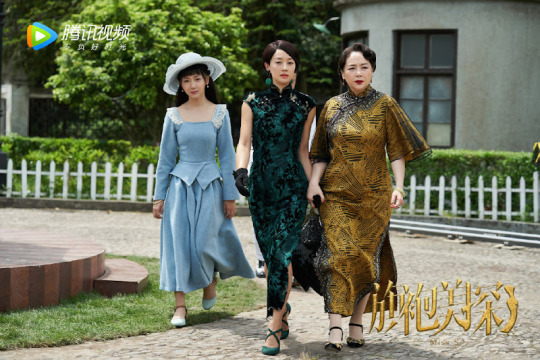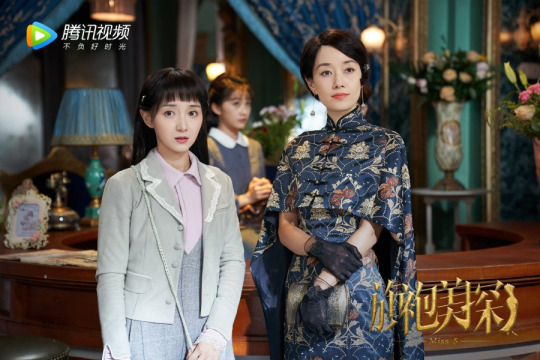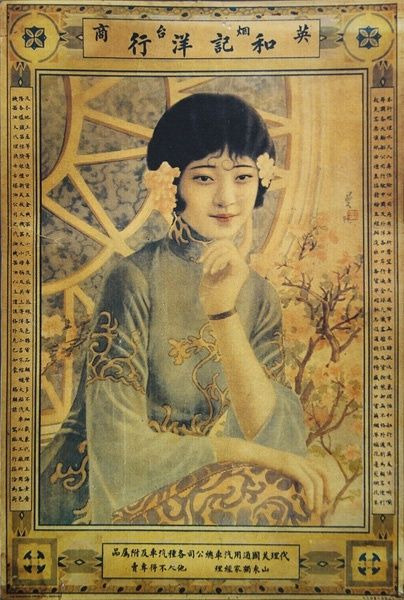#and it's probably because I've watched that particular episode 40 million times
Explore tagged Tumblr posts
Text
Heist Movies and the Hays Code
The other night, some friends and I watched the incredible Star Trek: Deep Space Nine episode "Badda Bing, Badda Bang", which is a loving pastiche of the heist film. As we were watching, we all noticed how old the actor playing the character of Mr. Zeemo was and I knew there had to be an Easter egg reason for it. After looking him up, I realized he was Marc Lawrence, who appeared in The Asphalt Jungle (1950), largely considered to be the first true heist film (though there are a couple from the 40s, that I've also seen, that are sort of proto-heists).
I decided to watch Asphalt this weekend, since I'd never seen it and it'd been sitting in my queue for ages. It was fine, definitely a first pancake situation, but now I can't stop thinking about the evolution of the heist film and the way the Hays Code shaped its early days and how it was allowed to shift and evolved after the code was lifted.
The earliest heist films were made under the Code. And not only under the Code, but at the Code's peak in the late '40s/early '50s. You watch these movies and you know from the very beginning that no one in our gang of misfits is going to succeed. The rules of the Code and its insistence that crime and depravity and bad morals can't pay means all of them will either be dead or in jail by the time the closing credits role. It doesn't matter how much we love our protagonists, it doesn't matter what their motivations are for participating in the heist, they are criminals and they must pay. They'll never see a dime of their money and all their efforts will be in vain.
Contrast this with the modern heist movie: the lovable rogues always beat the house. George Clooney and Brad Pitt and their buddies walk away with their millions. Sisko and his crew trick Frankie Eyes and save Vic's. Jason Statham in every Jason Statham movie gets his cash and lives to steal another day.
A lot of what I've read about the evolution of the heist movie and the role the Code plays in it focuses on the fact that once the code was lifted, these movies became more violent and graphic and leaned hard into that. And I'm sure that's true, but that was true of all movies. The 70s and the 80s in particular really exemplify the shock value of violence and sex in a post-Code Hollywood. But nothing I've seen talks about how the dissolution of the Code changed how audiences are allowed to see the thieves in a heist movie. Without the draconian constraints of the Code, we're allowed to root for the thieves, to be on their side, and to see them "win" in the end and make off with their bounty.
Even in the rare modern heist where the hero protagonist doesn't win—he (because it's almost always a he) doesn't get the money or he does get caught and goes to jail—it's always inferred that this is just a temporary setback. Next time, he'll be smarter and better and he'll win. He's alive and prison is just a small blip on the timeline, he'll be back (probably in 17 sequels) and the next time he'll do the job to beat all jobs. Heist movies of the Code era rarely see the thieves end the movie alive and when they do, they're behind bars with no hope of release or escape. The message that crime doesn't pay is never in question.
Yes, violence and sex have become more prevalent in heist movies in the post-Code era, but I think the greatest change the freedom of production without the Code brought to heist movies is that now, the house can lose.
#heist movies#the hays code#classic hollywood#i've been thinking about heist movies for a while now ok#love a heist#but yeah#watch asphalt jungle#and then go watch ocean's 11 (2011)#it's wild how much everything about a movie's tone changes when you can know that the thieves might win#then again#that's one of the things i love about noir#i know within 10 minutes how the movie is going to end#because “bad” people can't have a happy ending#so i can focus on the story and the acting and the emotional beats#rather than watching for a twist#or wondering will they won't they#it's similar to why i love reading romance#i know the ending#and so i can just enjoy how we get there
4 notes
·
View notes
Text
I love it to death and it's my favourite episode, if only the second best episode in the entire series, but after my annual rewatch of Tak: The Hideous New Girl, I have to say, it's the one episode I can't help but notice a lot of animation errors in.
#Invader Zim#Tak: The Hideous New Girl#I mean I don't normally care about that sort of thing#and it's probably because I've watched that particular episode 40 million times#but you get stuff like Dib not having ears#the characters popping into existence at one side of the screen at one point#dual-Dib layering#Tak's arm not being in her disguise when she pours the lunch-slop on him#which is annoying because it's an episode that has one or two cool bits that you see looking at it closely#like when Tak confronts Dib and Gaz at the magma facility#she's undisguised but then fades into her disguise just before she passes a metal railing#or that you can narrow down Zim's city location to a state between California and Texas#thanks to the magma stream#stuff like that
1 note
·
View note
Note
Hello hope you're having a nice time! uwu
What do you think of the cdrama "Miss S" set in Republican Era.
Hi! In terms of the costuming, short answer is I think it's not good. It's an adaptation of the Australian series Miss Fisher's Murder Mysteries, which I love, and its costuming cannot hold a candle to the original. The time setting is kind of vague----most say 1930s, but Miss Fisher is set in the late 20s and there are places where the costumer is probably trying to go for a ✨1920s flapper✨ vibe but couldn’t do it. This is definitely one of those Republican era dramas that try to recreate the vibe of "old Shanghai" or whatever using modern clothing and don't bother to be even remotely historical. Any attempt at identifying historical precedents for their costumes is reading too much into it, because it's technically Republican era guzhuang. I'm sorry if this sounds really harsh but that's the thing for this entire genre of drama costuming, and I've already covered some examples previously (see Rookie Agent Rouge, Couple of Mirrors, Fall in Love). I think I'll make a new category in my masterpost for this particular kind of stock Republican era costuming.
Miss S 旗袍美探 (2020)
We're just gonna look at some individual outfits.

The cheongsam worn by the lady to the far right is kind of legit for the late 20s, but then the protagonist in the middle is wearing a tacky modern cheongsam that just coincidentally looks a bit late 30s. Definitely not intentional though. The "Western" outfit on the lady to the left doesn't resemble anything in Western women's fashion from any decade of the 20th century, and is likely a generic Taobao "vintage" outfit.

They have a weird obsession with capes which I don't understand. The fit, collar and fabric of the cheongsam are all unusual (in a bad way). The "Western" outfit is again not legit.

Weird cape obsession, weird fabric and fit.
For reference, there was a 1928 film about a lady detective starring Hu Die (女侦探). This is what their costumes look like:

Uhh, so elegant, so classy, so avant garde. I'm swooning.
By the way, I know Miss Fisher's Murder Mysteries is a great show and generally has very good costuming, but they have some instances of characters wearing Chinese fashion and they’re all handled poorly. There is this one episode featuring a female Chinese character and her outfit is just... pure cringe. I know English language info on Chinese historical fashion is rare but, there are quite lot of films and artworks from the late 20s that should give the costumer an idea of how a Chinese girl from that era would've dressed, definitely not the cheap modern cheongsam they put her in. They even had Miss Fisher comment on how that cheap ass dress "must have been her wedding dress" or something. If you wear that to a Chinese wedding in 1929 be prepared to get roasted. I've been wanting to rant about this since I watched the show and finally have the vessel (this hellsite) to do it.

From @phrynefishersfrocks
I couldn’t find that particular episode so here is a complimentary photo of Miss Fisher also in a (highly inaccurate) cheongsam. This is a million miles away from a late 20s cheongsam, and would be more appropriate for a late 40s evening occasion. However, I can assure you this is not because the costumer wanted to put Miss Fisher in a late 40s cheongsam, but simply because they researched late 20s Chinese fashion very poorly (or didn’t bother to research at all, because how dare Chinese people have fashion and not just a single dress that didn’t change for decades).
Miss Fisher could I interest you in a dress like this:

134 notes
·
View notes